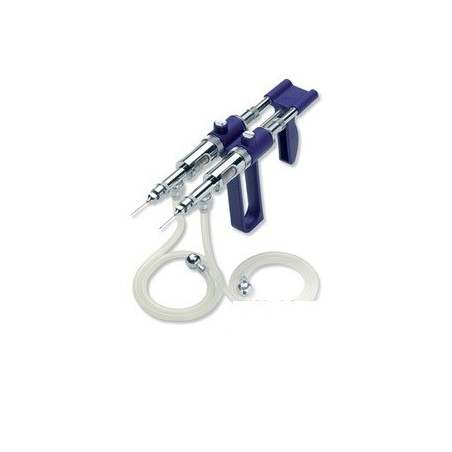At the time of weaning, neither the digestive nor the immune systems of the piglet are completely developed. As a result, both the feed and management must be carefully adapted to each of these concerns. Weaning onto a liquid feed diet without free access to water has its peculiarities. Those peculiarities, if not handled properly as the situation requires, can make the beginning of the piglet’s post weaning period difficult.

Farm description
This clinical case occurred in a 2,800-sow-farm using Danbred genetics. The farm had an attached nursery and a liquid feed system for the gestation, lactation and nursery facilities. The farm is located in a high-density zone and was expanded in 2017 from 2,000 to 2,800 sows. At the time of the expansion, the terminal boars were also switched to a Pietrain line.
The farms works with weekly batches and piglets are weaned at 26 days of age, with an approximate weight of 6kg per piglet.
Sows are vaccinated against E. coli and Clostridium spp. before farrowing, and against Parvovirus, Erysipelas and the PRRS virus at 8-10 days post-farrowing. Piglets are immunised against Circovirus and Mycoplasma hyopneumoniae at 10 days post-weaning. The farm is PRRSv-positive.
During lactation, the piglets have free access to water and milk replacers. Milk replacers are given to the piglets as powder in red bowls from the first week of age until weaning.
After weaning the piglets are housed in a nursery facility on a liquid feed diet in groups of 44 animals and into pens designed to house 22 animals, with no free access to water. As a result, the piglets density is doubled during the first 2 weeks post-weaning in order to facilitate feed management and to decrease the amount of trough cleaning required.
The piglets were weaned on to a pre-starter feed to which a 10% of ‘pastone’ (i.e. wet fermented corn) was added. After 8 days, the liquid pre-starter was gradually replaced by a starter that also included ‘pastone’. Both types of feed were medicated with Zinc Oxide and Amoxicillin (Table 1)
Table 1.- Feed schedule in the nursery..
| Feed (%) | Pastone (%) | Zinc oxide (ppm) | Amoxicillin (ppm) | Sulfadiazine/trimethoprim (ppm) | Neomycin (ppm) | |
| Milk replacer | 100 | 3000 | 300 | 100 | ||
| Pre-starter | 100 | 10 | 3000 | 300 | 100 | |
| Starter | 75 | 25 | 1500 | 500/100 |
Beginning of the clinical case
In summer, concurrent with the arrival of the Pietrain offspring, poorly adapted piglets that were not recovering over time started to appear. There was also diarrhoea throughout all the nurseries. The mortality was as high as 5% and the weight at the end of the nursery phase was lower than expected.
Diagnostic and analytic test
On day 1, the piglets were weaned onto a gruel mixture that was given by hand into temporary red bowls and the liquid feed trough. On the second day, the mechanically produced soup, or liquid feed, is delivered to the troughs. The gruel mixture is offered for 2 more days. The same pre-starter is used throughout these days.
During our first visit to the farm, we realized that the main problem was the adaptation of the animals during the first week post-weaning. The piglets were not eating the liquid feed from the troughs. However, they had no problem eating the feed from the red bowls for 3 consecutive days. At that time, a high number of piglets had to be separated because they were non-adapted (Picture 1 and 2). There was also the occurrence of diarrhoea during the first weeks post-weaning, which was beginning to improve after transitioning the piglets on to the starter diet.
The lack of free access to water made the situation worse, because the piglets that were not eating were not drinking either, and they became dehydrated quickly.
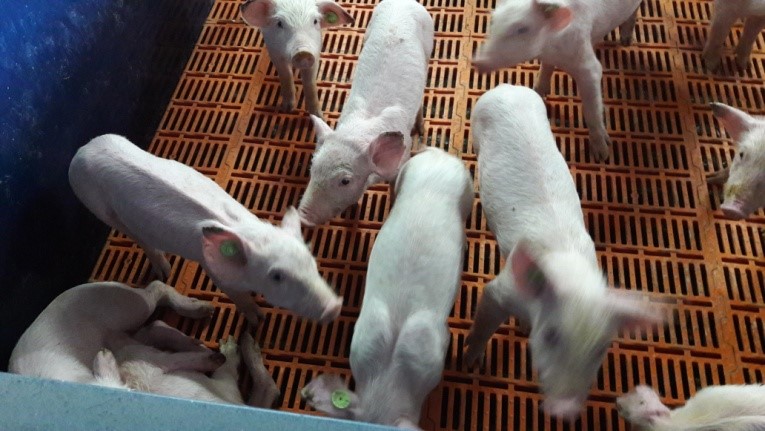
Photo 1.- High number of poorly-adapted and dead piglets
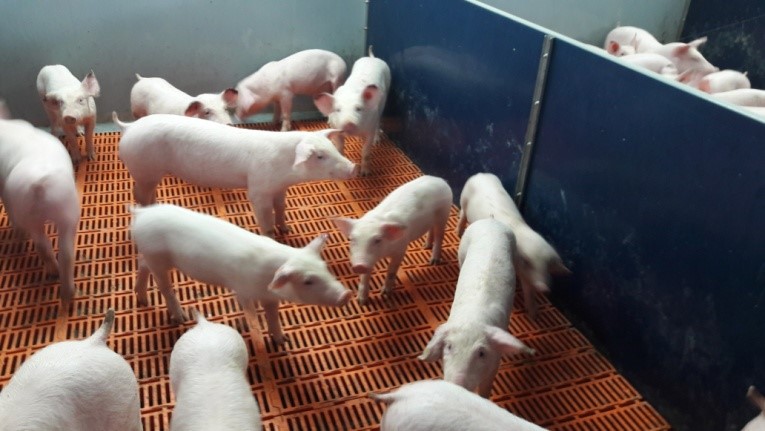
Photo 2.- There were runts and fallbacks
When the quantity of dry matter (DM) that was ingested by a single piglet during the first 7 days was calculated, the result was very low, 500 grams per piglet. To guarantee a good start, this amount must be at least 700 grams per piglet.
The theoretical DM of the liquid feed as calculated by the system software was already low for a nursery ration (i.e. 22%DM) but, in reality, it was even lower sometimes, at around 10%. The lack of piglet appetite caused the troughs to remain dirty from the previous feeding. They were cleaned with pressurized water, some of which remained in the troughs. When the next liquid feed was delivered into the troughs, the DM got excessively diluted.
At that time, a sample of ‘pastone’ was sent for analysis to discard the presence of Mycotoxins and E. coli (Table 2).
Table 2.-Pastone and feed analysis.
| Results | Method | |
| Aflatoxin | <2 ppb | ELISA |
| Vomitoxin | 2.606 ppb | ELISA |
| Fumonisin | <300 ppb | ELISA |
| E. coli | Negative | Plate growth |
| Lactic acid | 0,567 % | Spectrophotometry |
| Acetic acid | 0,12 % | Spectrophotometry |
The ‘pastone’ came back with very high levels of vomitoxin so we decided to stop using it and start with a single mix of complete feed and water. Despite this change, the post-weaning performance of the piglets was not improving.
Actions taken
The piglets were taking too long to learn how to eat the liquid feed from the trough. As a result, they did not eat or drink properly and became dehydrated. They either got behind in their growth rate and did not fully recover or they died. How an animal gains weight during the first week post-weaning will determine its ADG for the rest of its life until slaughter (Tokach et al., 1992), so ensuring a good start is very important.
As a first step, the pre-starter formulation was changed with the goal of making it more appetizing. The concentration of plasma was raised up to 3% and other changes were introduced too. Furthermore, they started weaning the piglets with the same milk replacer they ate at farrowing. The goal was for the piglets to recognize the smell and taste of the feed in order to eliminate another stressor at the time of weaning (Pictures 3 and 4). Moreover, the milk replacer was presented as gruel in the farrowing area during the last week of lactation to achieve a better digestive development. Consumption of dry feed is known to promote enzyme development (Fraser et al., 1993), which prepares the piglet for a better dry feed digestion.
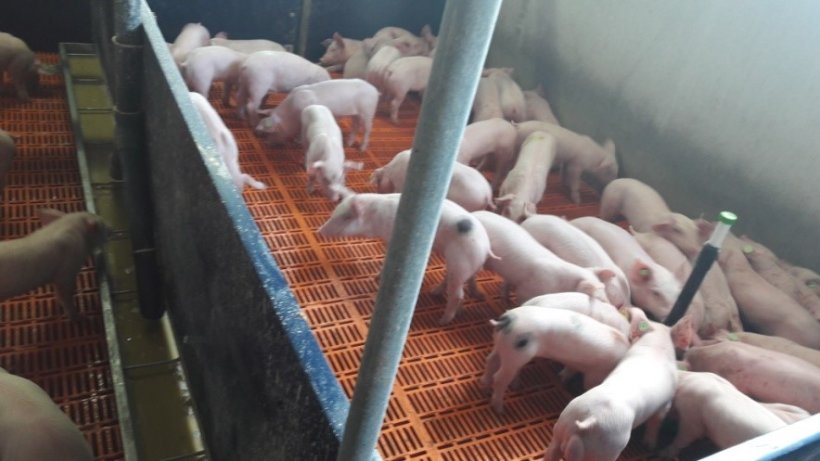
Photo 3.- The weaned piglets consumed the milk replacer from the red bowl but not the liquid feed with the pre-starter from the trough.
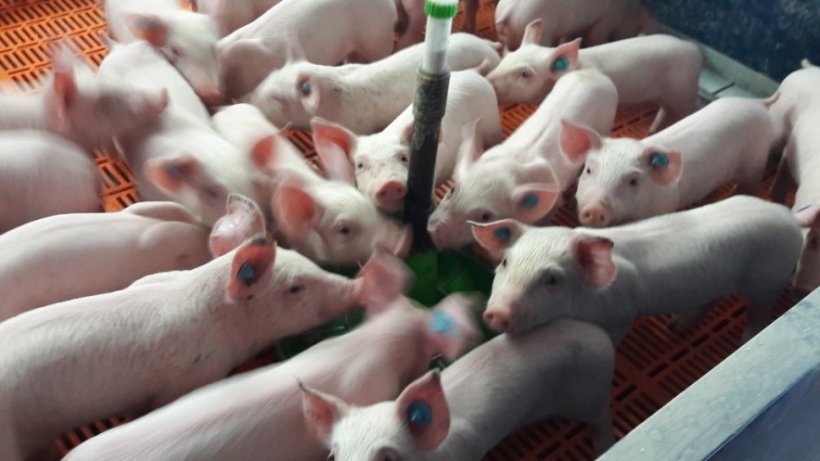
Photo 4.- The piglets were constantly searching the plate, which meant they were hungry and/or thirsty
After all of the mentioned changes a slight improvement was seen, however the piglets continued to not eat properly and the number of deaths due to poor piglet adaptation was still around 4%.
In a second visit, the timing of feeding was reviewed. The piglets were manually fed gruel with a 33% DM in the troughs at 9 AM. The next feeding was a mechanically made liquid pre-starter feed mix with a 22% DM (Table3).
Table 3.- Feed and water percentages of the different liquid feed mixtures and hours of distribution.
| Milk replacer (manual) | Pre-starter (automatic) | Starter (automatic) | |
| Liquid feed distribution hours | 9 h | 21 h | 9 h-2h-21h |
| Feed (kg) | 75 | 57 | 57 |
| Water (kg) | 150 | 200 | 200 |
| Real liquid feed DM (%) | 33,3 | 22,2 | 22,2 |
| Target DM of the soup (%) | 28,0 | 28,0 | 26 |
The piglets were given water in red bowls that was freely available; however we need to remember that piglet density was doubled during the first 2 weeks, so water availability was scarce.
The animals experienced a long period without eating or drinking. The lack of water was especially important during the first week post-weaning. We suggested an additional manual feeding at noon with the following objectives:
- To ensure a 33% DM in the liquid feed delivered by hand.
- To avoid mechanical errors while distributing the liquid feed (E.g. the delivery of water instead of feed or the variation of feed quality between valves).
Additionally, the theoretical DM was increased to a level of 24%. There was some reluctance at the beginning, because the farm workers thought the feed was going to get stuck in the machine due to a higher concentration of the liquid feed. Even though the target DM at this stage was 28%, we decided to go with 24% in order to minimize the risk of a feed line blockage. Also, a commitment was made to increase this DM percentage gradually.
Evolution of the case
After all the changes described above, the piglets began to have a better start. The number of poorly adapted piglets decreased considerably and at 10 days post-weaning the piglets looked much better (Picture 5). As it is a very recent case, it is necessary to confirm that this good start translates into a good final weight at the end of the nursery. At the time of writing, everything seems to indicate that this will be the case.
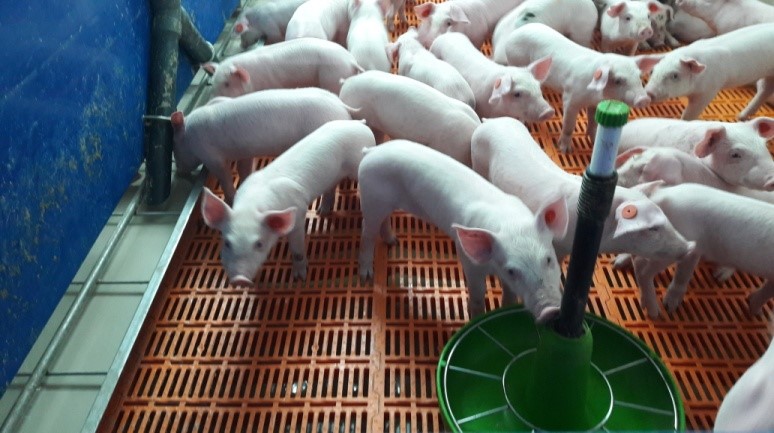
Photo 5.- Piglets at 4 days post-weaning
Conclusions
Management and nutrition of the piglets during the first week post-weaning is determinant for the piglet’s future. We must focus all our efforts in this first week to encourage good feed consumption and to prevent weight loss. Nursery facilities with liquid feed systems and no free access to water are an additional complication for the animal. An option could be to wean the piglets with dry feed on the first week post-weaning and introduce liquid feed on the second week. But farmers have a hard time accepting this type of management after making a big financial investment for this system. Another option would be to put more water points to improve access to water.
Successfully weaning piglets on to liquid feed will depend on many factors such as genetics, weaning weight and age, feed and farm management. But, in any case, it should not be a self-induced error that harms the good start of the animal and its productive future.




